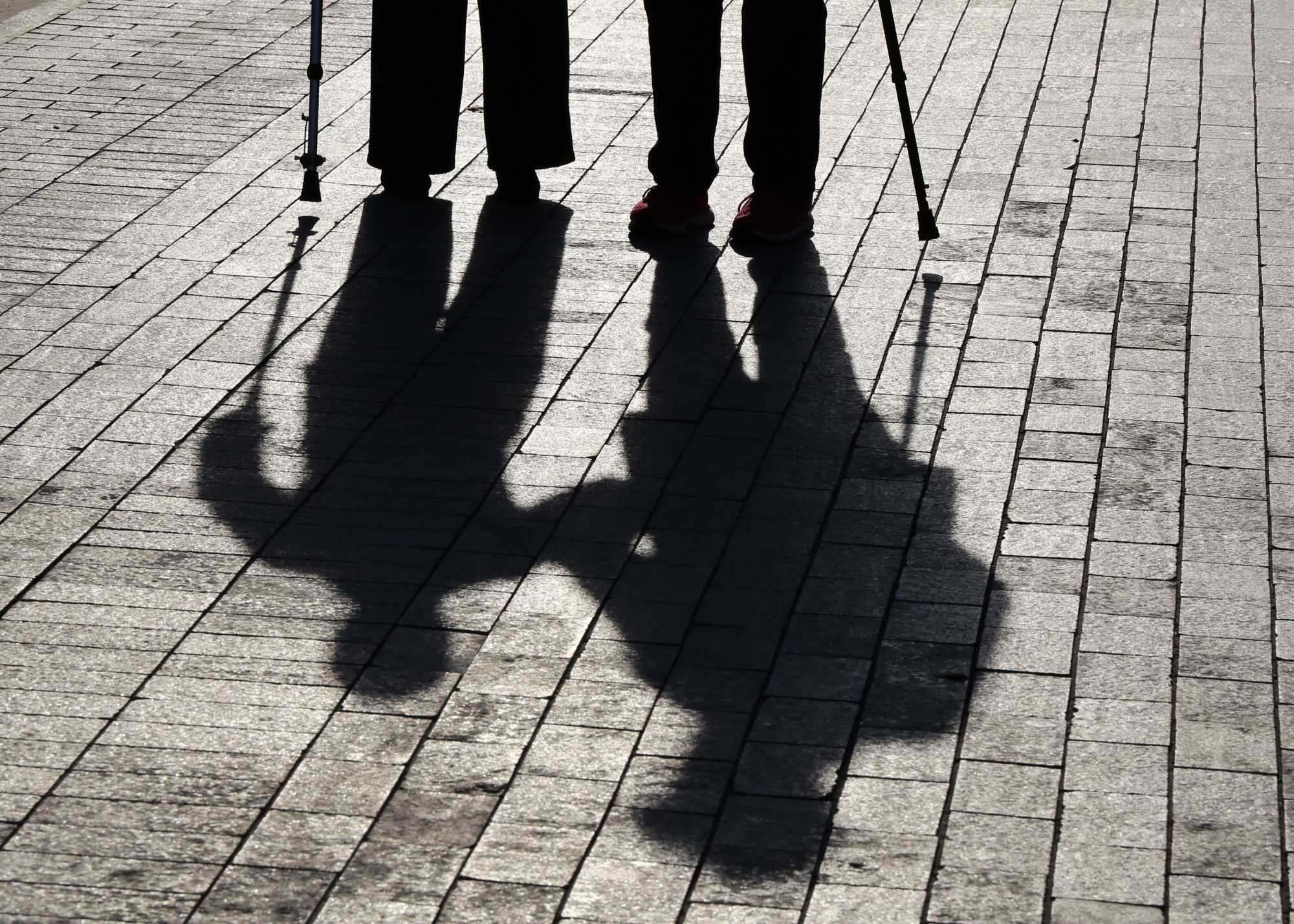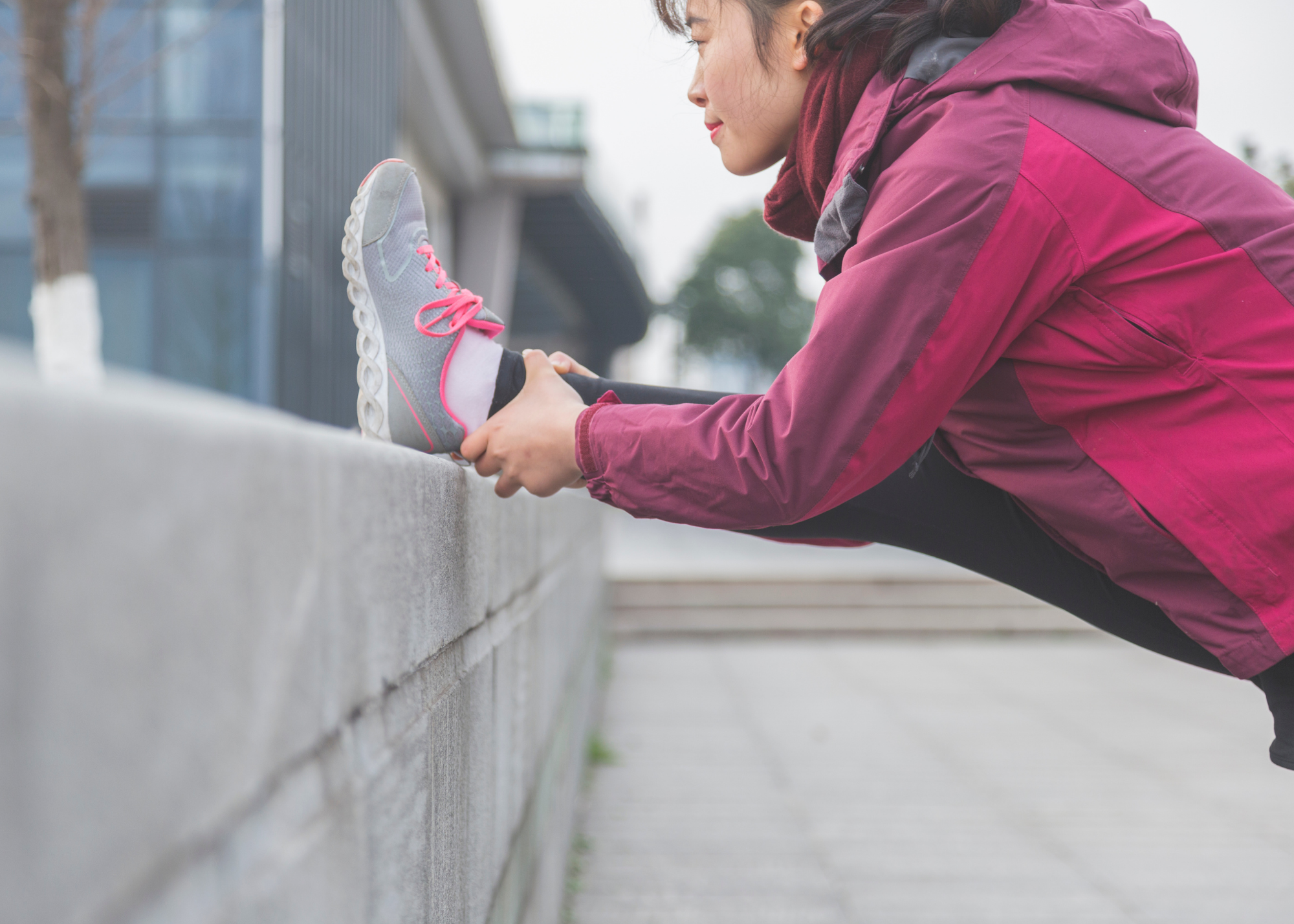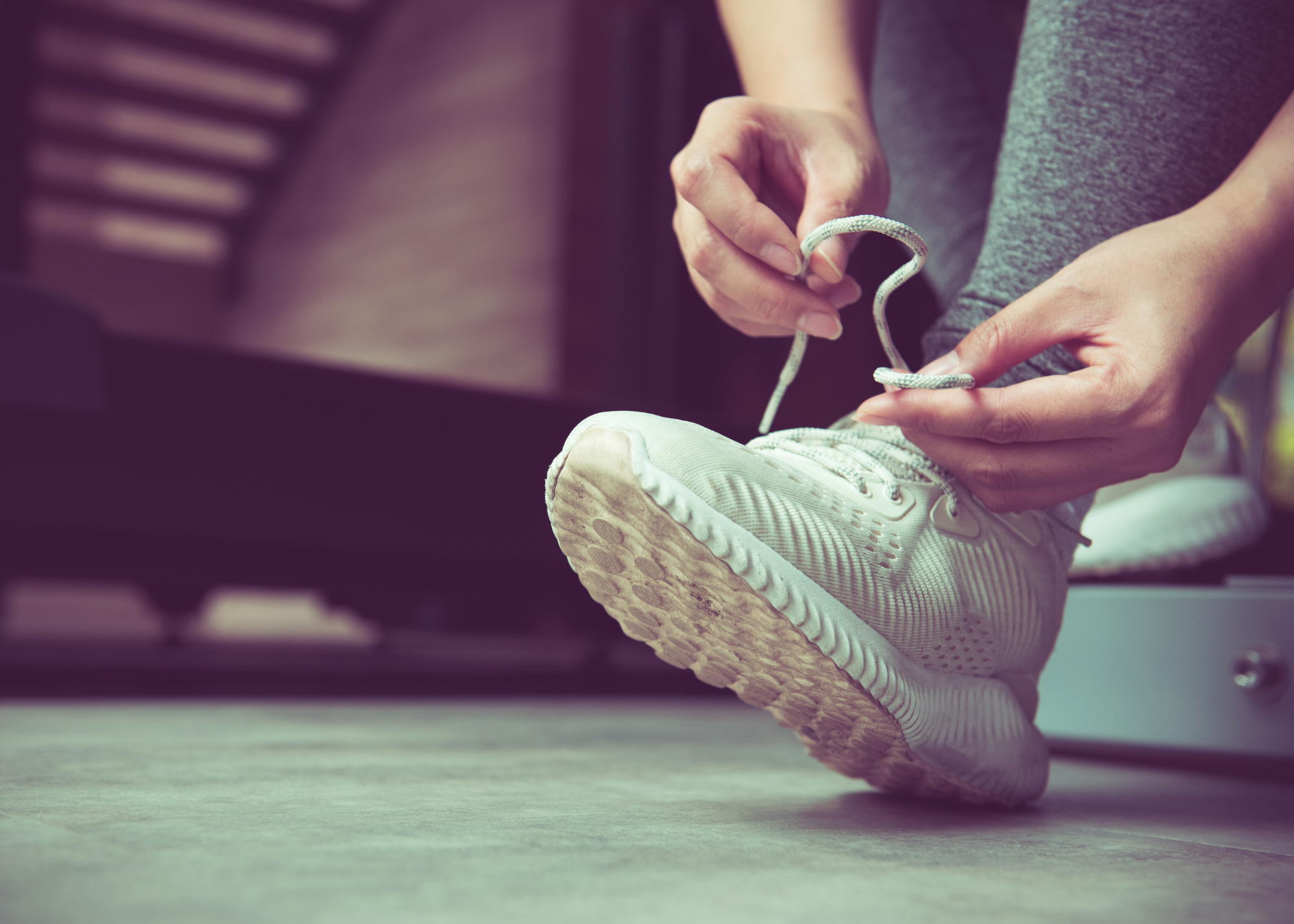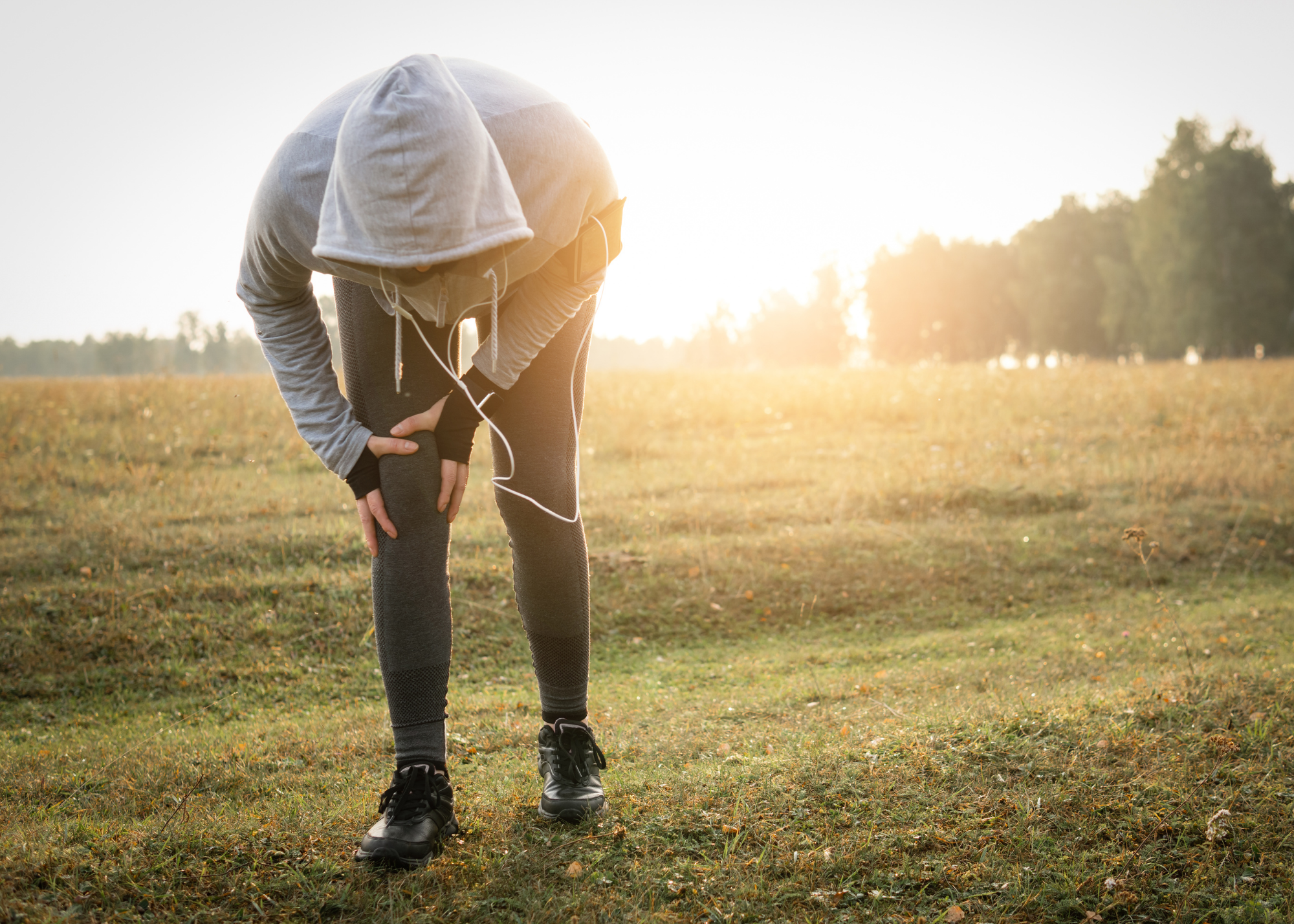5 Osteoarthritis Exercise Myths
Physical activity plays an important role in managing osteoarthritis. Yet, pain, fatigue, or being unsure of how to exercise safely can cause many people with this disease to lead sedentary lifestyles.
Dr. Linda Li, a physiotherapist and senior research scientist at Arthritis Research Canada, debunks some of the most common osteoarthritis exercise myths below to help you stay active and healthy.

Myth #1: Walking with a cane or walker is not exercise
Walking is a form of exercise whether it is done with or without a walking aid. In fact, if you have been prescribed a walking aid such as a knee brace, cane or walker, it is likely to help improve your ability to tolerate exercise by reducing your knee pain. The purpose of a walking aid, such as a cane or a walker, is to reduce loading through your sore knee by providing a surface onto which you can transfer your weight. By decreasing the amount of force going through your knee, you will be able to walk for longer and without pain, thus making it easier for you to reach your activity goals. Be sure to hold your cane on the opposite side from your sore knee – if your right knee is sore, hold your cane in your left hand and advance it in time with your right leg. Losing weight can also reduce the amount of force going through your knee with each step, so walking with your gait aid could become less painful as you become fitter.

Myth #2: Exercising in cold weather will make my arthritis worse
Recent research has shown that weather can influence an individual’s joint pain. However, it is important to remember that joint pain is not necessarily an indication of joint damage or disease progression. This means that even though changes in barometric pressure or cold temperatures may make your joints feel more uncomfortable, they aren’t getting worse any faster due to the weather. Researchers have proposed that cold temperature, or changes in barometric pressure that often forecast bad weather, can change the perception of pain in joints affected by arthritis. For this reason, a chilly day might result in achy joints as the brain starts receiving signals differently from nerves in your knee, but it doesn’t mean that the damage is getting worse. Since one of the best ways to manage osteoarthritis symptoms is to be active, don’t let a rainy day keep you from exercising. Consider going to your local recreation centre or indoor pool if the weather is less than perfect. You might find that changing up your routine keeps exercise interesting! Also, consult your doctor to see if there is an appropriate medication or cream that can help if the weather is keeping you from reaching your activity goals.

Myth #3: Conservative treatments such as exercise are only going to delay joint replacement surgery
Joint replacement surgery is not appropriate for everyone and many people may never reach the point of requiring surgery. Exercise can improve pain, muscle function, body weight, cardiovascular fitness, mood, and disease progression. Exercise focused on maintaining physical function, improving symptoms, and limiting disease progression can help patients with osteoarthritis.

Myth #4: Running causes knee osteoarthritis
Numerous studies suggest that recreational runners and those running for fitness are not at increased risk of developing knee osteoarthritis. Rather, they’re less likely to need knee replacement surgery. However, knee osteoarthritis is slightly more prevalent in elite, long-distance runners.

Myth #5: People with joint pain shouldn’t exercise
Aerobic and/or muscle strengthening exercises can be especially helpful for pain and functioning in people with osteoarthritis. Exercise can be even be therapeutic for individuals with hip and/or knee osteoarthritis. Exercise can decrease pain, strengthen joint-supporting muscles, and improve symptoms of osteoarthritis.

















































